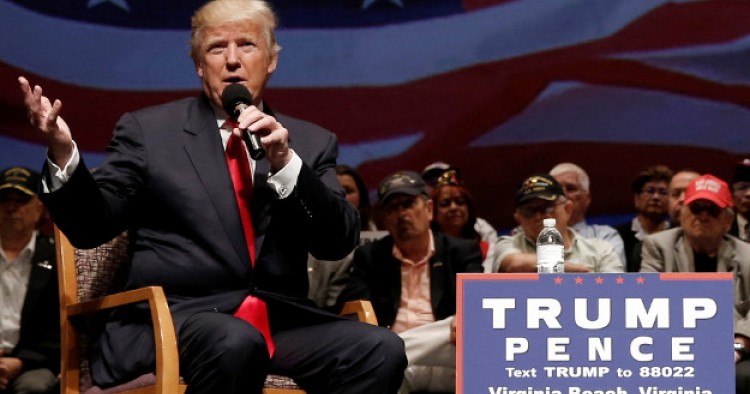Read the full article on Foreign Policy.
Late last week, President-elect Donald Trump explained for the first time since his election victory his position on the crisis in Syria. In his remarks, he laid out his determination to ramp up the fight against the Islamic State and to cease support to those fighting President Bashar al-Assad’s regime:
I’ve had an opposite view of many people regarding Syria.… My attitude was you’re fighting Syria; Syria is fighting ISIS; and you have to get rid of ISIS. Russia is now totally aligned with Syria, and now you have Iran, which is becoming powerful, because of us, is aligned with Syria.… Now we’re backing rebels against Syria, and we have no idea who these people are.
Though this is an extraordinary simplification of a highly complex crisis, the president-elect’s views on Syria do evince some consistency — just not the consistency he apparently intends. Trump says he wants to focus on destroying the Islamic State. But the main effect of the policies he describes would be to eliminate the moderate opposition to the Assad regime and to empower extremism.
Before considering all the disastrous effects of Trump’s policy, we should examine why even his stated justification for it doesn’t hold water. A brief history lesson should suffice to demonstrate the Assad regime’s lack of counterterrorism qualifications. This is the government whose intelligence apparatus methodically built al Qaeda in Iraq, and then the Islamic State in Iraq, into a formidable terrorist force to fight U.S. troops in that country from 2003 to 2010. Hundreds of American soldiers would probably still be alive today if it had not been for Assad’s state-backed support to the Islamic State’s direct predecessors.
Meanwhile, Trump’s suggestion to partner with Russia in “smashing” the Islamic State is little more than a non sequitur, given Russia’s near-consistent focus on everything but the jihadi group. According to recent data monitoring airstrikes across Syria, only 8 percent of areas targeted by Russian airstrikes between Oct. 12 and Nov. 8 belonged to the Islamic State. With only one brief exception — the capture of Palmyra from the jihadi group during an internationally imposed cessation of hostilities — the Kremlin’s focus has unequivocally and consistently been on fighting Syria’s mainstream opposition, not the Islamic State. Much of its targeting has been against U.S.-linked members of Syria’s opposition.
And contrary to Trump’s statement, the United States knows precisely who “these people” receiving U.S. support are. The CIA has been running an intricate web of relationships with dozens of moderate Free Syrian Army (FSA) groups since late 2012. Today, this program, code-named Timber Sycamore, continues to provide support to 80 such “vetted” groups across Syria in coordination with international and regional allies. The U.S. role in this multilateral effort has ensured a modicum of control over the breadth of international support for the Syrian opposition, and over the risk that extremists will gain control over opposition weapons or fighters. [...]
The Middle East Institute (MEI) is an independent, non-partisan, non-for-profit, educational organization. It does not engage in advocacy and its scholars’ opinions are their own. MEI welcomes financial donations, but retains sole editorial control over its work and its publications reflect only the authors’ views. For a listing of MEI donors, please click here.












